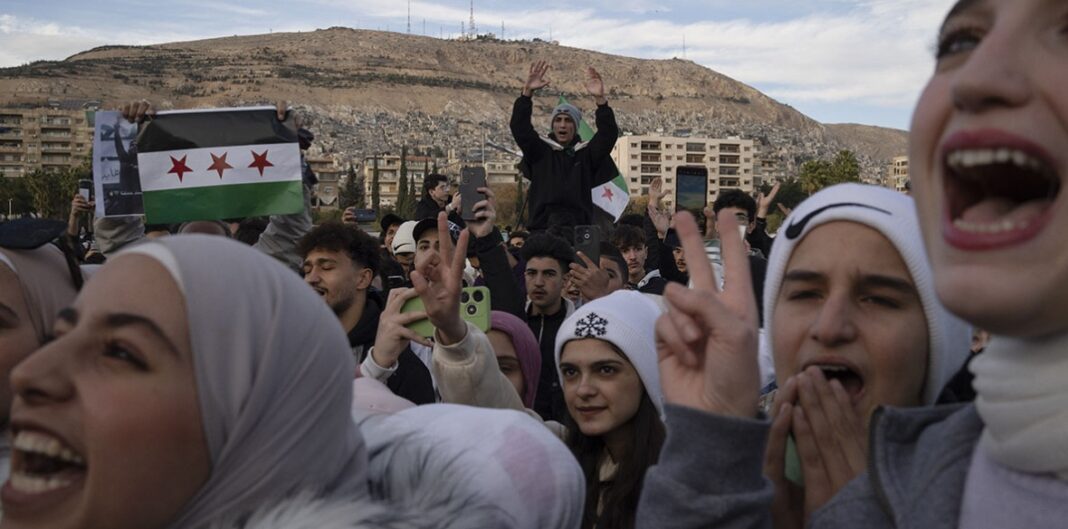Syria has faced sanctions for decades, a situation that began long before the 2011 Arab Spring protests. Reconstruction efforts have also been hindered by these sanctions. When Hafez al-Assad assumed power in a 1970 coup, Syria received substantial financial and military aid from the Soviet Union.
Long History of Economic Isolation and Reconstruction
Despite keeping some channels open with the United States, relations soured significantly in 1979 when Syria was designated as a state sponsor of terrorism. This designation imposed sweeping restrictions, including a ban on defense sales, export controls for dual-use items, and limitations on foreign aid. Syria was placed in the same category as countries like Cuba and Iran.
In the early 2000s, sanctions increased due to Syria’s ties with groups like Hamas and Islamic Jihad and its role in allowing fighters to enter Iraq after the 2003 US invasion. The Congressional Syria Accountability and Lebanese Sovereignty Restoration Act, passed in 2003, marked a significant escalation. President George W. Bush imposed extensive sanctions that restricted American exports to Syria, except for essential items like food and medicine. These measures culminated in a 2006 ban on transactions with the Commercial Bank of Syria, which further isolated the country from international financial systems.
Despite these restrictions, Syria maintained limited ties with the US. For instance, American students received grants to study Arabic at Damascus University until nearly 2011. This paradox illustrates how sanctions targeted specific areas while allowing limited interactions in others.
Impact of Civil War and Escalated Sanctions
The outbreak of the Syrian civil war in 2011 marked a turning point in the country’s economic isolation. Following the government’s harsh crackdown on protesters, the United States and the European Union imposed extensive sanctions on Syrian individuals, banks, and institutions. These measures aimed to weaken the government’s financial base and included secondary sanctions. These secondary sanctions penalized any foreign entity doing business with sanctioned Syrian entities, effectively cutting off access to the US-dollar-based global economy.
Bilateral trade between the US and Syria, which stood at approximately $900 million in 2010, plummeted to less than $60 million by 2012. The sanctions also severely restricted Syria’s oil exports and limited its ability to import goods from Western nations. Overlapping sanctions regimes, some of which predated the civil war, made it nearly impossible for Syria to engage with the global financial system. The designation of Syria’s Central Bank as a sanctioned entity in 2011 further crippled its economy. The 2019 Caesar Syria Civilian Protection Act reaffirmed this restriction and highlighted evidence of war crimes during the conflict.
The sanctions’ reach extended beyond the government to affect ordinary Syrians. Humanitarian aid organizations have long struggled to navigate the complex web of restrictions, leaving an estimated 90 percent of the population in poverty. Even reconstruction efforts have faced obstacles, as Gulf countries and other potential donors avoid significant investments due to fear of US penalties.
Challenges of Engagement and Reconstruction
As of 2024, discussions about sanctions relief and reconstruction in Syria have shifted to the country’s new rulers, Hay’at Tahrir al-Sham (HTS), a group with historical ties to Al Qaeda. While the US and EU maintain sanctions on HTS, there have been incremental changes, such as the US lifting a $10 million bounty on HTS’s leader in December. These developments signal tentative efforts to engage with Syria’s new administration.
Turkey, which has close ties to HTS, is positioning itself to play a significant role in Syria’s reconstruction. Oil-rich Gulf states, including the United Arab Emirates, Qatar, and Saudi Arabia, are also eyeing opportunities to expand their influence in Syria. However, US sanctions remain a significant obstacle. The sanctions discourage foreign investment and prevent Syria from accessing international financial channels, effectively stalling reconstruction efforts.
The situation is further complicated by the strategic interests of major powers. For example, China welcomed Syria into its Belt and Road Initiative in 2021 but has hesitated to invest substantially due to US sanctions. Similarly, European and American engineering firms could benefit from reconstruction contracts, but the current sanctions regime limits their ability to participate.
The cost of rebuilding Syria is immense, with the United Nations estimating it will require $400 billion. Despite calls from the Gulf Cooperation Council and others to lift sanctions to aid the Syrian people, the layered and overlapping nature of these restrictions makes their removal a complex process. This tangled web of sanctions underscores the profound challenges facing Syria as it seeks to emerge from years of conflict and isolation.

